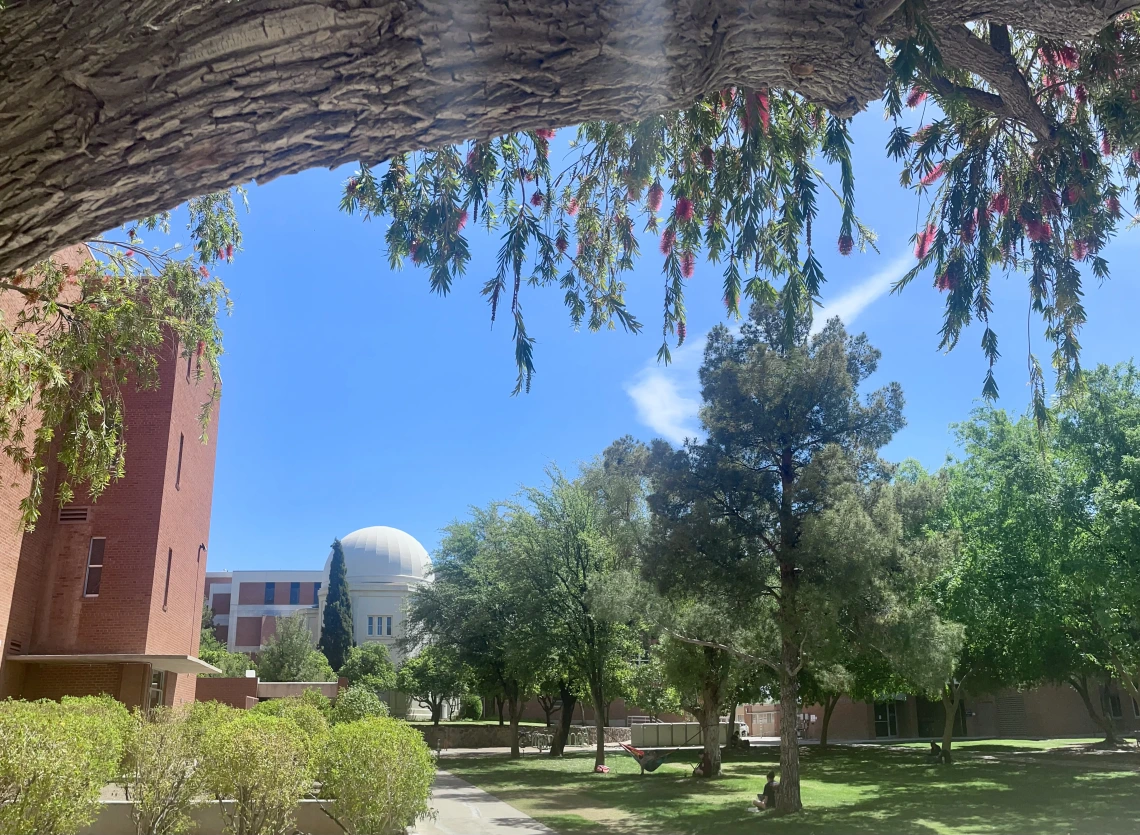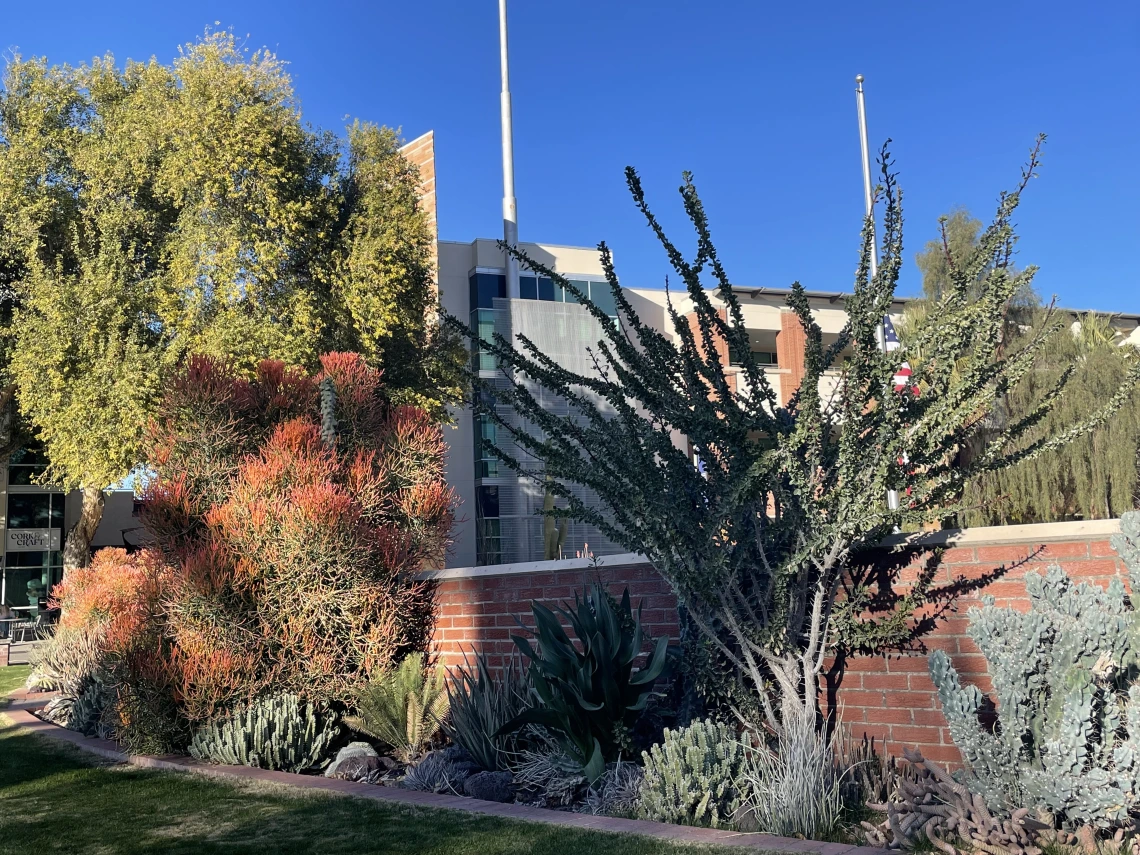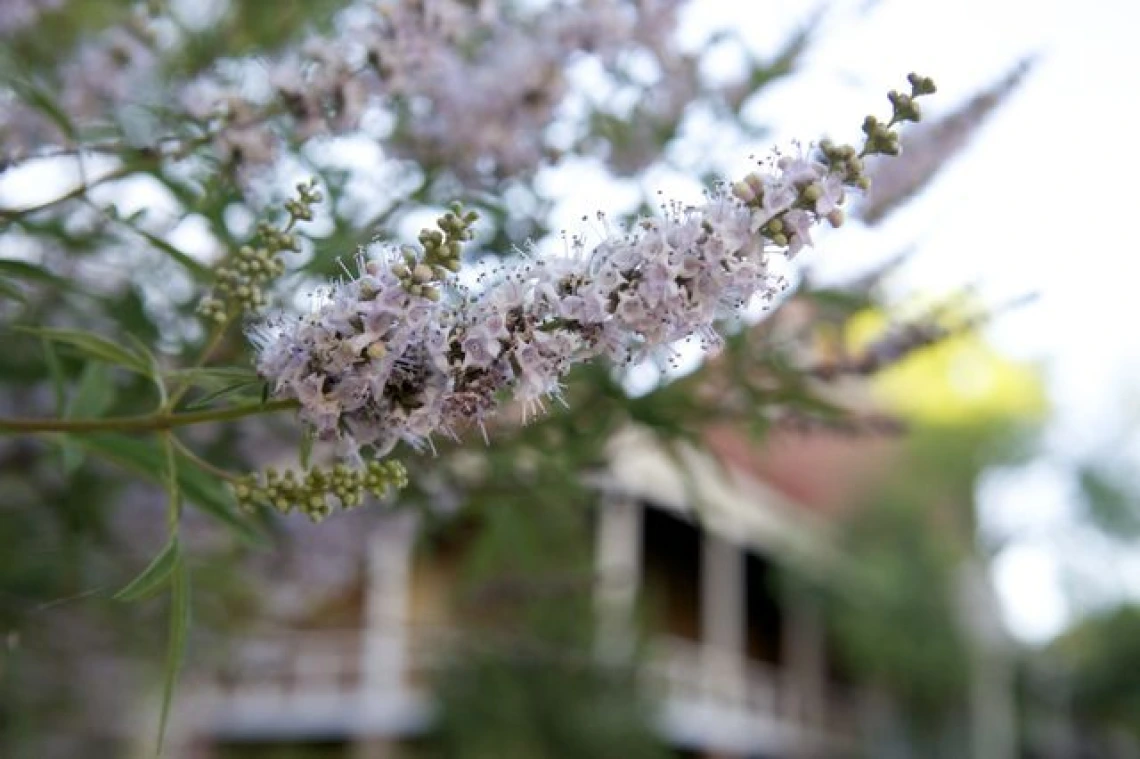
LEARNING RESOURCES
From our database, interactive tree map and social media communication to botanical signs, species description pages, and help with desert landscaping, the Campus Arboretum offers a wide array of educational resources to community members near and far.

CAMPUS LEARNING GARDENS
The Campus Arboretum aims to elevate the campus landscape so that it better serves our university mission by facilitating research, supporting student education and extending university expertise to the public. One powerful way we accomplish these goals is through development of campus interpretive gardens. In this way, the most visible and accessible spaces on campus support and model science-based practices, teach and inspire.

TOURS AND EVENTS
The Campus Arboretum is celebrated for its diverse collection of trees from around the world, selected for their impressive resilience to cold, heat and drought. Our tree tour program provides a means to visit, experience and learn about these impressive specimens. With a backdrop of historic and internationally recognized architecture, the diverse collection of plants is ideally suited for events big and small.

NEWSLETTERS AND NEWS STORIES
The Campus Arboretum is a dynamic environment in which students, faculty, staff, the greater Tucson community, and visitors from far and wide interact and learn from the diverse collection of curated campus trees. Find out what's happening here.

